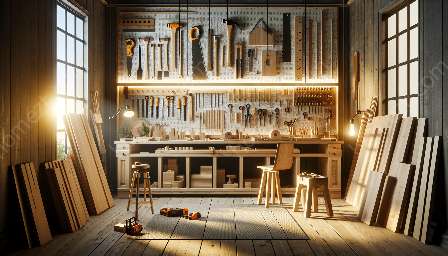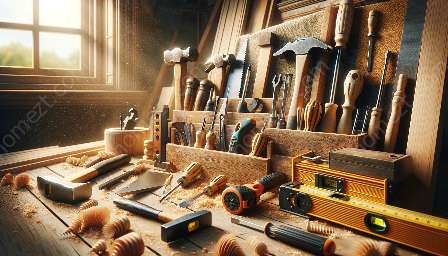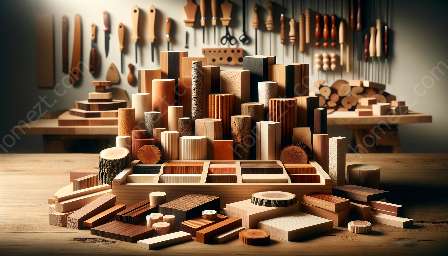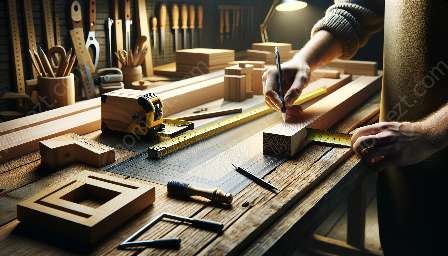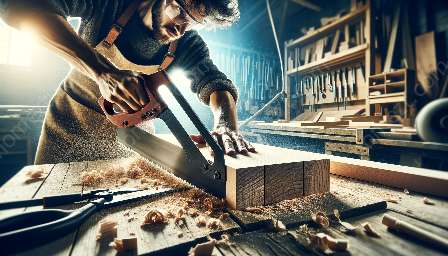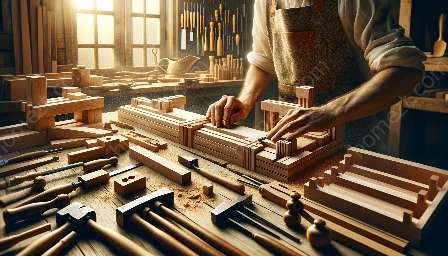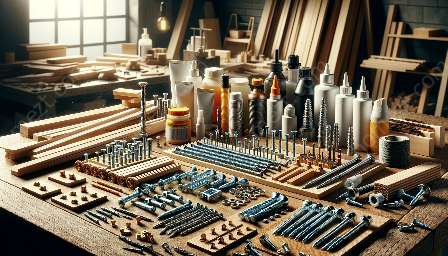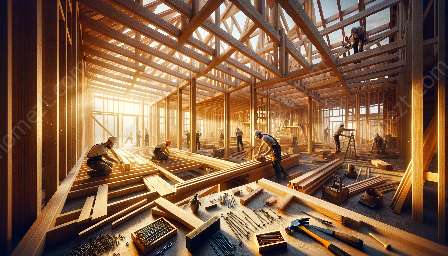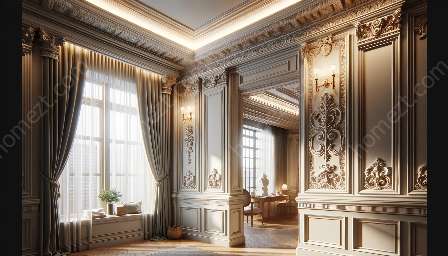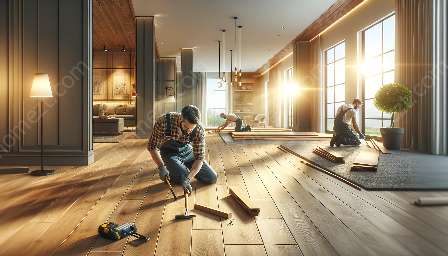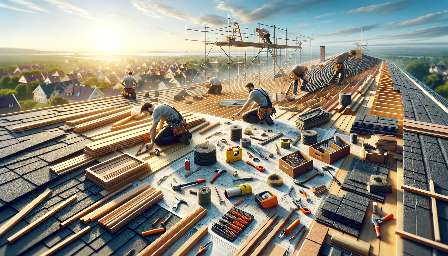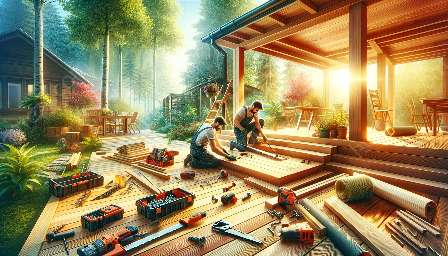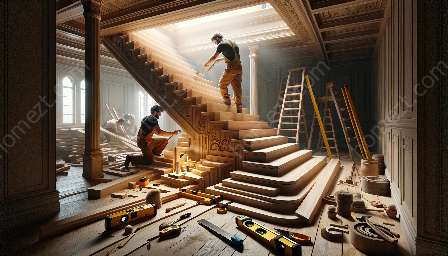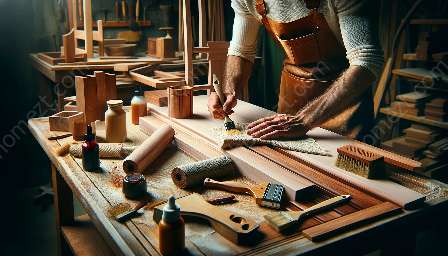Staircase construction combines the art of carpentry with the practicality of home improvement, creating a beautiful and functional feature in any home. In this guide, we will delve into the fascinating world of staircase design, construction, and renovation while exploring how it intersects with carpentry and home improvement.
The Art of Staircase Construction
Staircases serve as both a structural necessity and a design centerpiece in homes. As a carpenter, understanding the principles of staircase construction is paramount in creating safe, durable, and visually appealing stairways. By mastering the art of staircase construction, you can transform a basic functional element into a stunning architectural feature that complements the overall aesthetic of a home.
Types of Staircases
Before delving into the construction process, it's essential to familiarize yourself with the various types of staircases commonly found in residential settings. From straight flights to winding designs and circular helical staircases, each type presents unique challenges and opportunities for creative carpentry.
Materials and Tools
One of the critical aspects of carpentry involved in staircase construction is working with a wide range of materials and tools. From traditional wooden stairs to modern metal and glass designs, carpenters need to be well-versed in the properties, strengths, and limitations of different materials to execute a successful staircase construction project. Additionally, an understanding of specialized tools such as stair gauges, levels, and clamps is essential for precision and accuracy.
Design Considerations
Integrating the staircase seamlessly into the overall home design requires careful consideration of factors such as space utilization, aesthetic harmony, and safety regulations. Carpenters play a crucial role in translating architectural blueprints into tangible, functional staircases that enhance both the visual appeal and the daily practicality of a home.
Carpentry Techniques for Staircases
As a carpenter, the construction of staircases demands a broad range of specialized techniques and skills. From joinery and framing to intricate detailing and finishing, mastering the art of staircase carpentry opens up a world of creative and technical possibilities.
Joinery and Structural Support
Ensuring the structural integrity of a staircase demands expertise in joinery techniques such as mortise and tenon joints, dovetails, and accurate measurements for precise fits. Understanding load-bearing considerations and support structures is essential for creating safe and durable staircases that withstand the test of time.
Hand-Crafted Details
Embellishments and intricate details can elevate a staircase from functional to exceptional. From hand-carved balusters to custom newel posts, carpenters can showcase their skill and craftsmanship through the meticulous execution of decorative elements that define the overall aesthetic of the staircase.
Finishing and Refinishing
Applying the final finishes and refinishing existing staircases are crucial aspects of staircase carpentry. From staining and varnishing to restoring antique staircases to their former glory, carpenters have the opportunity to transform worn-out stairs into striking focal points within a home.
Home Improvement through Staircase Construction
Staircases not only serve as functional pathways between different levels of a home but also contribute significantly to the overall appeal and value of the property. Improving and renovating existing staircases or introducing innovative designs can breathe new life into any living space.
Space Optimization
Reimagining staircase layout and design can create additional space-saving and storage opportunities within a home. Whether through incorporating under-staircase storage or reconfiguring the layout to maximize usable space, home improvement efforts intersect with staircase construction in enhancing the functionality of a residence.
Aesthetic Enhancements
From modern minimalist designs to ornate traditional styles, the aesthetic impact of a staircase on the interior decor of a home is undeniable. Home improvement projects often include staircase renovations to update the look and feel of a space, creating a favorable impression while simultaneously increasing the property's market value.
Technological Innovations
Advancements in materials and technology offer exciting opportunities for home improvement through staircase construction. From energy-efficient lighting solutions to smart integration with home automation systems, modern staircase designs can elevate a home's functionality and appeal.
Conclusion
Staircase construction represents the convergence of carpentry expertise and home improvement creativity, offering endless possibilities for skilled craftsmen and DIY enthusiasts alike. By understanding the art and science behind staircase construction, carpenters can transform functional necessities into captivating architectural features, enriching the lives of those who reside within the spaces they help create.

